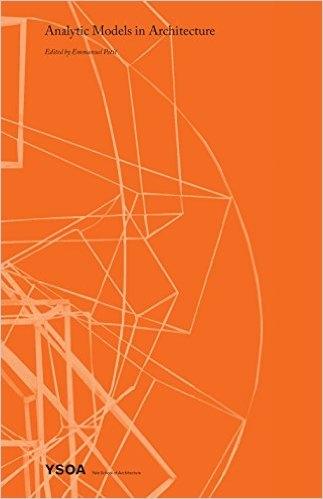ANALYTIC MODELS IN ARCHITECTURE

Autor/es
- EAN: 9781940291796
- ISBN: 978-1-940291-79-6
- Editorial: YALE UNIVERSITY PRESS
- Año de la edición: 2016
- Encuadernación: Rústica
- Páginas: 144
- Materias:
teoría: arquitectura y arte
Sin stock. Envío en 15/30 días
pvp 26,84 €
Analytic Models in Architecture documents Yale School of Architecture student work from the undergraduate studio course 'The Analytic Model: Descriptive and Interpretive Systems in Architecture,' taught by Emmanuel Petit from 2005 to 2014. The projects are organized according to a set of ten conceptual categories that emphasize varying strategies of formal analysis: Aggregation, Cinematics, Condensation, Diagrammatics, DNA, Fluid Interlocking, Fragmentation, Morphology, Seriality, and Thickened 2-D. Five critical essays focus on particular aspects of analysis in architecture: Anna Bokov illustrates an episode in the history of the Soviet avant-garde, emphasizing the influence of the analysis of classical and archaic monuments on the development of the fundamental design principles in Constructivist and Rationalist architecture. Matthew Claudel reveals agency as the crucial qualifier of formal analysis and discusses the deep fractures in the profession caused by parametric software. He traces the historical transformation of the tools and concepts of analysis, and speculates on possible adjustments for renewed pertinence in the discipline's digital age. Kyle Dugdale draws an analogy to Homeric analysis, exposing the web of deceit that underlies the ostensibly dispassionate analytic exercise, arguing for analysis as a subversive means of controlling architecture's history. John McMorrough asks what constitute s architectural analysis after close reading is over and finds in the fabricated, the political, the green, and the expressive four impulses to redefine the relation of analysis to the discipline. Emmanuel Petit reviews the different ideologies that concepts of analysis have occupied in architectural theory throughout modernity. Leeland McPhail ('15) was the assistant editor and designed the book to the guidelines of MGMT.Design.





